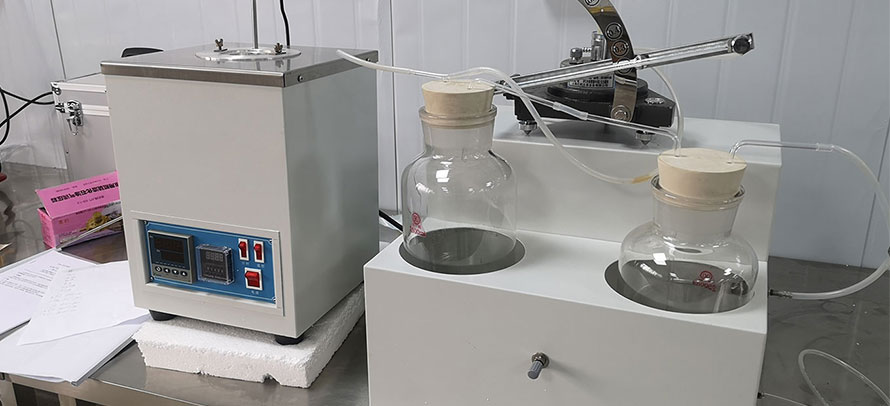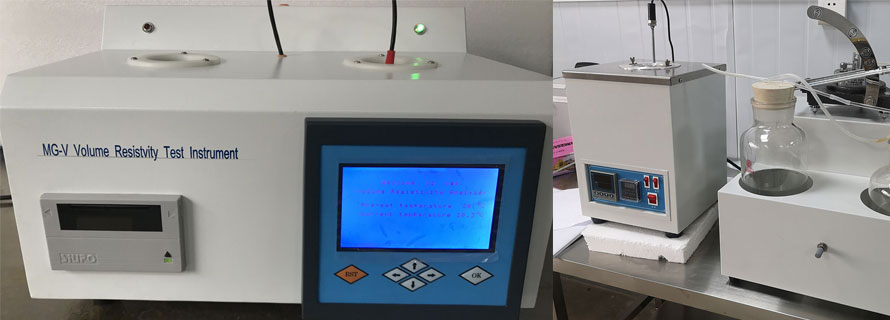ISO 3171 Petroleum liquids - Automatic pipeline sampling
14 Opemting procedures
14.1 General precautions
14.1.1 It is important that the principles of design given in this International Standard should be met by the selected automatic sampler and that it should be correctly installed and operated.
14.1.2 A sample should not include any material other than. that to be sampled, and where it is necessary to transfer a sample from a receiver to a container appropriate precautions should be taken to preserve the integrity of the sample. The process of sampling should not cause any change in the sample, for example by evaporation of volatile constituents, by oxidation, or by the chance addition of extraneous matter.
14.1.3 When commissioning or re-commissioning the system or if contamination is suspected, the automatic sampler and connecting lines should be thoroughly flushed before sampling begins. Use the medium to be sampled and flush into a waste container or safe drain system. Care should be taken to ensure that toxic materialsare not released into the atmosphere or an open drain system;.
14.1.4 The provision of clean sample containers is greatly simplified if containers are reserved and kept separate for different classes of products.
14.1.5 During sampling, the material being sampled should be protected from the effects of atmospheric conditions and, in applications where it. is permissible to use an open container, the container should be closed immediately after the sample has been taken.
14.1.6 Care should be taken in subsequent handling to avoid undue temperature rise.
14.2 Operating criteria
14.2.1 Intermittent fixed-grab-volume samplers
14.2.1.1 General
The factors that have to be taken into account when considering the operating criteria of fixed-grab-volume intermittent samplers are as follows.
a) The sample volume should, for practical purposes, be between 5 and 20 L, but the quantity will ultimately depend on the particular application (see 11.3.5).
b) For continuous transfers where the operation may extend over a period of days, it is possible to divide the sampling into accounting periods and to take a 5 to 20 L sample over each period. An alternative practice is to use a larger receiver and to sub-sample from this, having observed the proper mixing procedures described in clause 12.
14.2.1.2 Practical considerations
For illustrative purposes only the following operating parameters for an intermittent fixed-grab-volume sampling system are used within the examples of table 2:
a) required sample volume 5 to 20 L;
b) sample grab volume 1 to 1.5 mL;
c) maximum operating frequency 30 grab/min.
A further consideration is the flow turndown which in continuous pipeline applications is typically 10:1 and in marine applications is typically 30:1.
14.2.2 Intermittent variable-grab-volume samplers
The operating criteria for variable-grab-volume samplers differ from those of fixed-grab-volume samplers, although the total volume of sample collected will be about the same. Variable-grab-volume samplers collect samples on a fixed time rate but the volume of each grab is in proportion to the pipeline flow rate. Calculations and checks should be made to ensure that
a) the maximum operating frequency of the sampler is not exceeded ;
b) the sample volume required per grab does not exceed the rangeability of the sampler at the maximum and minimum flow rates;
c) the total sample volume collected does not exceed the sample receiver volume.
14.2.3 Continuous samplers
Although continuous samplers are now being developed, they have not been used extensively and operating criteria have therefore not yet evolved.
14.3 Operating checks
During operation of the sampler, the following checks should be carried out periodically.
14.3.1 At the control equipment:
a) that the flow meter is operating;
b) that the sample counter is operating;
c) that the Iow-flow alarm in the main pipeline has not been energized;
d) that the receiver high-level alarm has not been energized ;
e) that proportionality exists between the sample volume collected and the cumulative pipeline throughput.
14.3.2 At the sampler:
a) that the sample is entering the receiver;
b) that there are no leaks in the system;
c) that heat tracing, if necessary, is on;
d) that there is a full flow in the circulating loop if used.
14.4 Record sheet
A record sheet should be completed for each sampling operation and a typical example is shown in table 3. If the batch is split the documentation should be completed for each crude oil. Copies of the record sheet should be sent to the laboratory and to the department(s) responsible for operating the pipeline.
The following data should be included:
a) location and date;
b) identification of shipment or transfer;
c) crude oil type and batch size;
d) record of flow rate during the sampling operation;
e) number and volume of grabs (if appropriate);
f) calculated sample volume;
g) accumulated sample volume (if known);
h) any failures of the automatic sampler during the sampling operation;
j) evidence that proportionality existed between sampling rate and main line flow rate.
14.5 Sampler maintenance
14.5.1 Automatic samplers should be isolated and sampling probes removed from the pipeline on a regular basis. The equipment should then be cleaned and inspected for excessive wear or darnage. It is particularly recommended to check the automatic sampler whenever the volume of sample collected does not agree with the volume expected.
14.5.2 Flowmeters, especially if operating on crude oil, may be vulnerable to fouling by line debris. A high level of maintenance will be required.
14.5.3 Sample lines from the automatic sampler to the sample receiver or container should be cleaned with solvent, and then blown clear or flushed with the material to be sampled.
14.5.4 A record of all flowmeter, sampler, and associated equipment failures, and the causes and actions taken should be kept as a means of adjusting maintenance frequency and to identify basic problems.
14.6 Checks of sample acceptability
14.6.1 In order to determine the acceptability of a sample obtained in a sampling Operation, for example a cargo discharge or a pipeline batch transfer, the following requirements should be met.
a) The sampler performance factor (3.22) should be within the range 0.9 to 1,1.
b) The proportionality of the sampling ratio and the main line flow rate as recorded during the sampling operation should be checked and confirmed.
c) There should be no interruption in the sampling operation sufficient to affect the performance factor beyond the limits of a).
14.6.2 Unless all of the requirements in 14.6.1 are satisfied, the sample is not acceptable unless the discrepancy can be satisfactorily explained.
If the sample is not acceptable, a back-up sample obtained by the manual procedures laid down in ISO 3170 should be made available.

